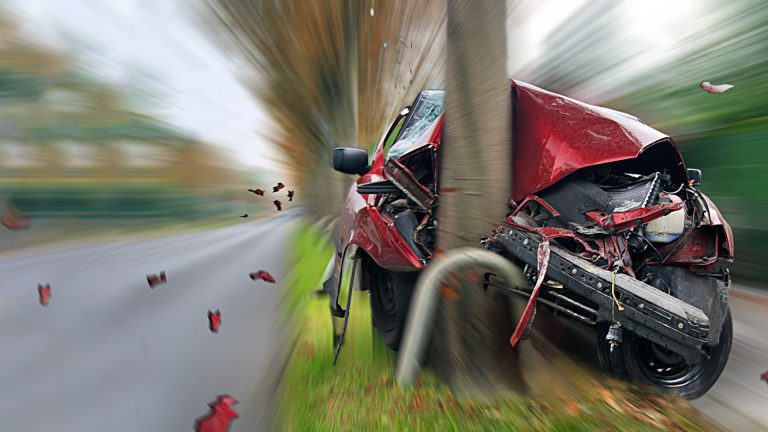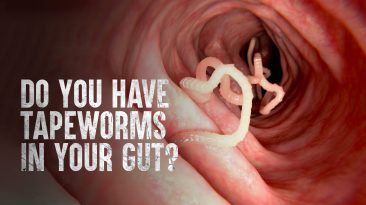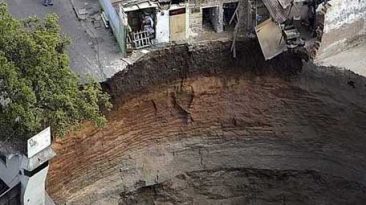Your brakes have failed, and nothing can stop this 2-ton machine that’s on a warpath. If you don’t know what to do next, or don’t do it correctly, you could die or kill other people.
Drivers tend to push the speed limits, and find out what a vehicle can do while operating at those speeds. But we can’t keep speeding forever. At some point, we’ll need to slow down and eventually stop. With this crucial need, car braking technology has changed and evolved.
When the driver pushes the brake pedal down, it creates pressure in the hydraulic brake lines. Brake fluid is nearly incompressible. The pressure is increased by the pedal, booster, and master cylinder.
The brake calipers then force the brake pads against the disc brakes, and that causes the vehicle to slow down. While this system is both intricate and reliable, it isn’t perfect, and failures can occur.
How often do brakes fail? Is it safe to downshift in an automatic car? Why do some hills improve your chance of surviving? In 2013, an elderly California driver’s Cadillac experienced brake failure. His car went speeding across a lawn, became airborne, and landed on a roof. Luckily, no one was hurt. So, if you’re driving and the brakes fail, what could you do to survive?
Step 1: Alert Everybody
As soon as you realize your brakes have failed, warn the drivers and pedestrians around you. So, switch on your hazard lights right away. And honk the horn to draw attention to the vehicle. This way, people will see your hazard lights and know something is wrong. This can encourage them to get out of your way, and clear a path for you. And it can help reduce the chance of hitting other vehicles.
Step 2: Use Friction
Friction is the brakes’ best friend. Friction on the brake disc causes the car to slow. And even if the brakes aren’t working, friction can still help you. If the roads are clear, and you’re able to do this, start zigzagging the car. Use the friction of the tires on the road to help reduce speed. If that’s not enough, try driving over small plants and shrubs on the side of the road. In this case, your life is more important than the vehicle. So, another thing you can do is carefully drive against the guardrail. That will also help to reduce speed.
Step 3: Use the E-Brake
Vehicles have two braking systems. The primary system is the foot brake, and the secondary system is called the handbrake, emergency brake, or e-brake for short. The e-brake bypasses the hydraulic system. Instead, it uses a metal cable that connects to the rear brakes. If your main brakes fail, the e-brake should still work. It doesn’t have enough force to stop the car, but it’s a big help in slowing it down. The e-brake works best if you use it slowly and carefully. If you apply it too rapidly, the rear brakes could lock up and force you into an uncontrolled spin. And keep holding the release button down, if there is one.
Step 4: Downshift
If the car has a manual transmission, slowly begin going down the gears. This is known as engine braking. You may have heard 18-wheelers doing this. The idea is to go to a lower gear at higher RPMs, or revolutions per minute. This creates more torque through the transmission, and a vacuum inside the manifold, that the pistons have to fight against. So, the power and speed will drop. Like using the e-brake, don’t do this too quickly. If you go down through the gears too quickly, the rear wheels might slow down too rapidly, and this will make your car go into a spin.
And if you’re driving an automatic car, you might have access to a triptronic transmission. This allows you to override the automatic system and select the gear you want. Slowly go back down the gears, down to the first gear.
Step 5: Head for the Hills
If you’re still trying to slow down, look for a hill or any upward slope that can help you. It could be an on-ramp, a hilly street, or even a specially designed run off area.
Even a slight upward slope could provide the gravitational force you need to slow down to a complete stop.
A 2015 Traffic Safety Report showed that between 2005 and 2007, 0.45% of car accidents resulted from brake failure. While that number is small, brake failures do happen. So, make sure your brakes are inspected and maintained regularly. Maintenance and using these five steps could save your life one day.
Sources
- “‘Brake failure’ leaves car on roof”. 2013. BBC News.
- “Motor home brake failure in Kamloops leads to three-vehicle collision”. Megan, Trucato. 2021. Global News.
- “Bear Grylls Survives Brake Failure | Sternberg Automotive Group”. sternbergs.com.
- “Brake System Evolution: A History”. 2021. gregmonforton.com.
- “How Common Is Brake Failure? What Should I Do If It Happens?”. Mann, Doug. 2021. Dyer, Garofalo, Mann, And Shultz.
- “How Does Handbrake Work And What Are Its Functions? – CAR FROM JAPAN”. Philipp, Meister. CAR FROM JAPAN.
- “WHAT IS ENGINE BRAKING? (AND WHY YOU SHOULD DO IT)”. 2021. matfoundrygroup.com.


















